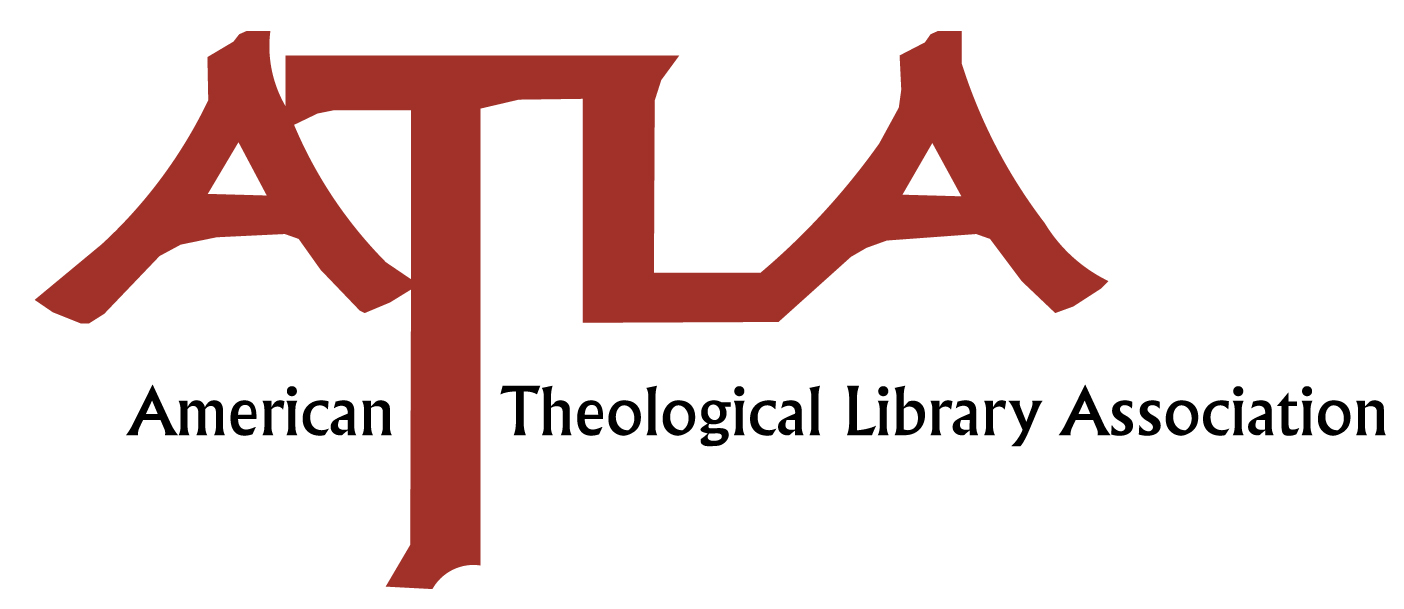Approfondimenti sulla nascita di Gesù nell’1 a.C. e sulla datazione della crocifissione nel 34
Abstract
Sommario: I. Introduzione. II. Il censimento di Cesare Augusto. III. La Stella di Betlemme. IV. L’Ultima Cena. V. Conclusioni.
Nel nostro primo studio è stato dimostrato che esistono vincoli storici, calendariali e astronomici che permettono di collocare la Natività alla fine dell’inverno del 1 aC e la crocifissione di Gesù il venerdì 23 aprile dell’anno 34. In un secondo studio abbiamo analizzato criticamente tutte le prove a sostegno della datazione classica della morte di Erode il Grande nel 4 aC, dimostrando che questa datazione ha una bassa probabilità di essere corretta, a causa di vincoli astronomici, calendariali e storici. Alla luce dei risultati già discussi, in questo terzo studio abbiamo esaminato altri vincoli cronologici: il censimento menzionato nel Vangelo secondo Luca; il possibile riferimento astronomico costituito dalla Stella di Betlemme; la compatibilità delle tradizioni sinottica e giovannea sull’Ultima Cena, in relazione al possibile anno in cui è possibile collocare la crocifissione di Gesù, dal punto astronomico. In particolare, nei nostri studi precedenti, abbiamo ipotizzato che nell’anno 34 la Pasqua potrebbe essere caduta di sabato a causa del ritardo di un giorno all’inizio del mese di Nisan, per ragioni meteorologiche che avrebbero potuto impedire la visibilità della prima luna nel cielo al tramonto del sole, all’inizio del mese lunare. In alternativa, si può spiegare il ritardo di un giorno della festività supponendo che la Pasqua possa essere stata spostata di proposito dal Sinedrio al giorno dopo, di sabato, per conformarsi alle prescrizioni levitiche. In effetti, il rito dell’offerta delle primizie dei raccolti cadeva il 16 di Nisan. Il rito prevedeva che i covoni fossero energicamente scossi, cioè prevedeva un lavoro fisico non compatibile con il riposo sabbatico se il 16 di Nisan fosse caduto di sabato. Pertanto, nell’anno 34, tutti gli Ebrei non direttamente legati ai sacerdoti del tempio, o per parentela o per servizio, avrebbero celebrato la Pasqua la sera di giovedì 22 aprile, dopo il tramonto del sole, quando è iniziato il 15 Nisan. Alla fine della cena Gesù fu arrestato e il giorno dopo, di venerdì, fu crocifisso. Invece i sacerdoti, vincolati dalla prescrizione levitica, sarebbero stati costretti ad attendere il giorno successivo per celebrare la Pasqua, all’inizio del sabato. Questa ipotesi potrebbe spiegare la duplice tradizione – sinottica e giovannea – dei Vangeli, sull’Ultima Cena. Questa spiegazione è possibile solo se l’anno della crocifissione è il 34, ma non è ammissibile se la crocifissione fosse avvenuta nell’anno 30 o 33 perché, in entrambe queste due alternative, la Pasqua cadeva già di sabato e il 16 Nisan, giorno rituale di offerta delle primizie dei raccolti, cadeva di domenica, senza alcuna limitazione nell’effettuare alcun lavoro fisico.
In our first study it was shown that there are valid historical, calendaring and astronomical reasons for placing the Nativity at the end of the winter of 1 BC and the crucifixion on Friday 23 April of the year 34. In a second study we critically revisited all the evidence supporting the classical dating of the death of Herod the Great in 4 BC, showing that this date has a low probability to be the correct one due to astronomical, calendaring and historical constraints. In light of the results already discussed, in this third study we have examined some chronological constraints: the census mentioned in the Gospel according to Luke; the astronomical reference to the Star of Bethlehem; the compatibility of the Synoptic and Johannine traditions about the Last Supper in connection with the possible years in which it is possible to place the crucifixion from the astronomical point of view. In particular, in our previous studies, we hypothesized that in the year 34 the Easter may have fallen on Saturday due to the delay of a day on the beginning of the month of Nisan, for meteorological reasons that could have prevented the visibility of the first moon in the sky at sunset at the beginning of the lunar month.
Alternatively, one can explain the delay of one day of the festival by assuming that Easter would have been moved on Saturday by the Sanhedrin, to comply with the levitical prescriptions. Indeed, the ritual of the offer of the firstfruits of the crops had to fall on the 16th of Nisan, shaking the sheaves, a physical work not compatible with the sabbatical rest if the 16th of Nisan had fallen on Saturday. Therefore, in the year 34, people not directly bound to the priests of the temple either for kinship or for service, would have celebrated the Easter on the evening of Thursday, April 22, after the setting of the sun, when started the 15th of Nisan. At the end of the supper Jesus was arrested and the next day he was crucified. Instead, the priests, bound by the levitical prescription, would have been forced to wait until the following day to celebrate Easter, at the beginning of Saturday. This hypothesis could explain the dual tradition—synoptic and Johannine—of the Gospels, about the Last Supper. This is possible if the year of crucifixion was the 34, but not if it had been the 30 or 33 because, in both these two alternatives, Easter already fell on Saturday and 16th of Nisan on sunday.







